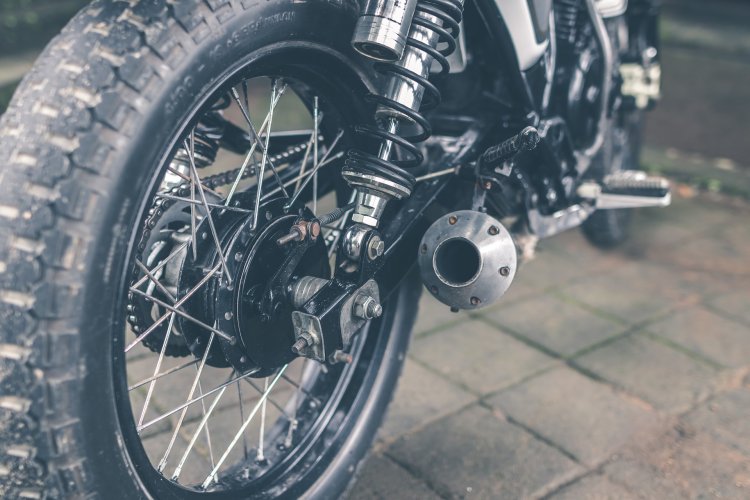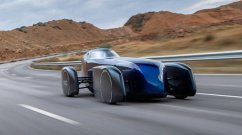For decades, motorcycles were enjoyed for their mechanical simplicity. Fuel, gear-shifting, and power were the core components of the riding experience. However, the motorcycle industry has really leveled up in recent years.
These days, riders have access to features that would've sounded like a sci-fi flick just a decade ago. Safety, connectivity, and performance have all been major upgrades. Here are some of the most exciting tech trends revolutionizing how we ride.
1. Electric Power
Electric motorcycles are gaining popularity as battery technology evolves. Gone are the noise and vibration of gas engines; electric means lower maintenance, zero emissions, and a smoother ride. With new mopeds hitting the market constantly, this segment is clearly here to stay.
We also have dirt e-bikes, which are ideal for venturing off paved surfaces and onto natural trails. Note that there are many additional hazards associated with off-road riding, so make sure you pack the best motocross helmet with you on your ride.
2. Advanced Rider Assistance Systems
Another emerging technology seen in high-end motorcycles is the use of radar sensors for advanced rider assistance features. Some bikes now have radar emitters and detectors that can work with the motorcycle's cruise control system.
By using radar, the bike can sense the vehicle directly in front and automatically maintain a set distance. If the lead vehicle slows down, the radar detects this, prompting the motorcycle to slow its speed by applying its brakes.
Certain manufacturers have also implemented rear-facing radar systems. These detect vehicles that may be hidden in the motorcycle's blind spot. If a vehicle enters the blind spot, warning lights illuminate the mirrors to alert the rider.
3. Smart Connectivity
Just as smartphones transformed how we work and live, they enhance the motorcycle experience through connectivity. Riders can now pair their motorcycle with a helmet featuring built-in communication systems. Bluetooth helmet allows hands-free calling and features speakers integrated into the lightweight helmet structure.
4. Liquid Cooled Bikes
Liquid-cooled bikes have a system that circulates liquid, usually coolant or water, through tubes around the engine during operation. It prevents overheating by removing excess heat. This ultimately allows for tighter engine packaging and more power by removing heat more effectively than air cooling to keep the engine running smoothly at optimum temperature in all conditions.
5. ABS (Anti-lock Braking Systems)
Motorcycles are inherently less stable than cars. Braking too hard can easily lead to the locking of either of the two wheels. ABS, or Anti-lock Braking System, is an essential electronic safety feature that helps riders in emergency braking situations.
We've all probably encountered that unsettling feeling of grabbing too much brake in wet or slippery conditions. ABS helps take away that worry by preventing skids and slides. It uses sensors to detect when a wheel is approaching a lock-up from braking too hard. The ABS unit then rapidly releases and applies the brakes to prevent a lock-up. This allows the rider to maintain some steering ability even under heavy braking.
Endnote
Looking ahead, innovations in performance and handling will continually shape how motorcycles serve their riders in fun and exciting ways. As long as companies prioritize purpose over profits, the future of motorcycling seems bright.










